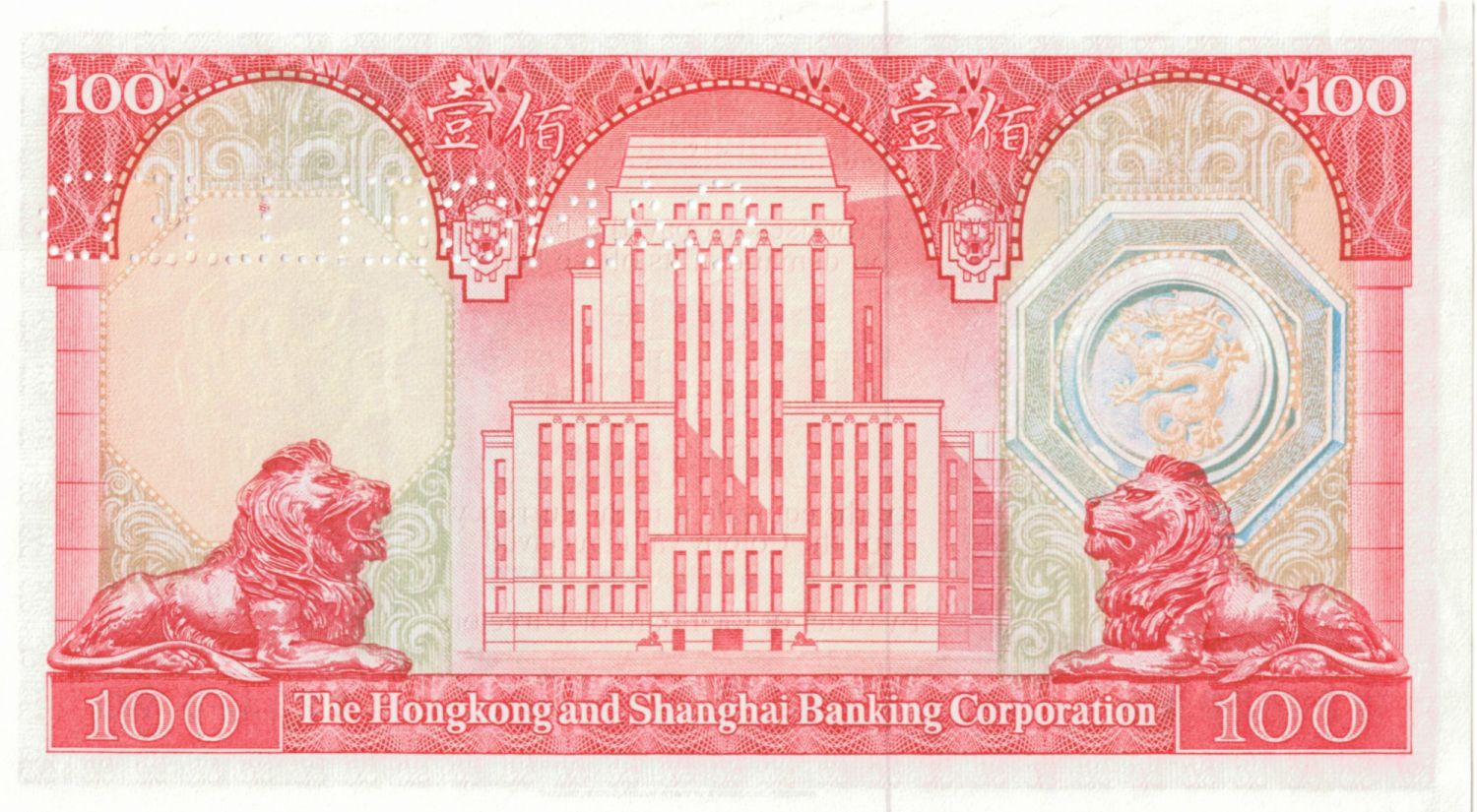Tatler+
One of Hong Kong’s best-kept secrets, the HSBC Archive Gallery is a treasure chest of art pieces and important historic records. Here, art veteran Elaine Kwok takes us through the collection
The evolution of a city can be seen through its art and cultural artefacts—in the documents we keep, the photos we take, and even down to the bank notes we spend.
HSBC, the world’s first international bank to be headquartered in Hong Kong, has been contributing to the city’s art and cultural scene since 1865, the year the institution was established. The bank holds a large archive of historical records and has in-house specialists tending to these important collections. In 2015, it opened an archive gallery at the HSBC Centre in Kowloon, exhibiting a variety of historic pieces from the collections.
“I think it’s wonderful that HSBC has kept all this—it’s such a valuable part of Hong Kong’s history,” says Elaine Kwok, the managing partner, Asia, of art gallery Hauser & Wirth and formerly a director of Christie’s in the Asia Pacific region. Inspecting a banknote designed by famous graphic designer Henry Steiner in 1972, she notes the iconic lions and detailed craftmanship used to avoid forgery at that time. “Tangible vestiges of history” was what first drew her into the arts, “there are also a few HSBC items designed by Henry Steiner in the Main Hall Gallery at M+, such as annual reports and magazines that date back to the 1960s” adds the seasoned gallerist and auctioneer, who studied history and literature at university.

Here, the art veteran walks us through the gallery, diving into the bank’s 157-year history through a number of art pieces on display.
“China trade pieces are always interesting to me,” says Kwok, noting the significance of The Kirkpatrick Children by the British painter George Chinnery, who spent a large part of his life in the Far East and died in Macau in 1852. The piece, created in 1805, is a five-foot oil painting, depicting the children of James Achilles Kirkpatrick, a colonel at the East India Company, and Muslim noblewoman Khair un-Nissa. The story goes that the children, of mixed race, were sent to school in England to avoid facing discrimination in India. Acquired by HSBC in auction in 1951, it is now behind the gallery’s painting vault. “The significance of this piece lies within the story and its cultural dynamics, this is the kind of piece I would’ve gladly written an essay on when I was in college,” says Kwok.
This is far from the only Chinnery piece owned by HSBC—the bank has a collection of more than 500 paintings and sketches alike created by the artist. This is a reflection of the tastes in the 19th and early 20th centuries, says Kwok. “George Chinnery [pieces] were what HSBC executives living in Hong Kong at the time were buying.”
A silk tapestry presented in 1902 by Chinese merchants to Sir Thomas Jackson, the chief manager of HSBC in the late 19th and early 20th centuries, was a source of inspiration for a digital art piece titled Threads of Life. Exhibited at the K11 Atelier HSBC Wealth Centre earlier this year, it was designed as a series of colourful moving images and digital art. Depicting an ancient Chinese poem, the silk tapestry symbolised fortune and prosperity—and Threads of Life brought the poetic riverscape and flying cranes into the digital sphere. “I love how a digital artist referenced this interesting anecdote of Hong Kong history, while simultaneously creating a work that reflects today’s animation technology,” says Kwok.



